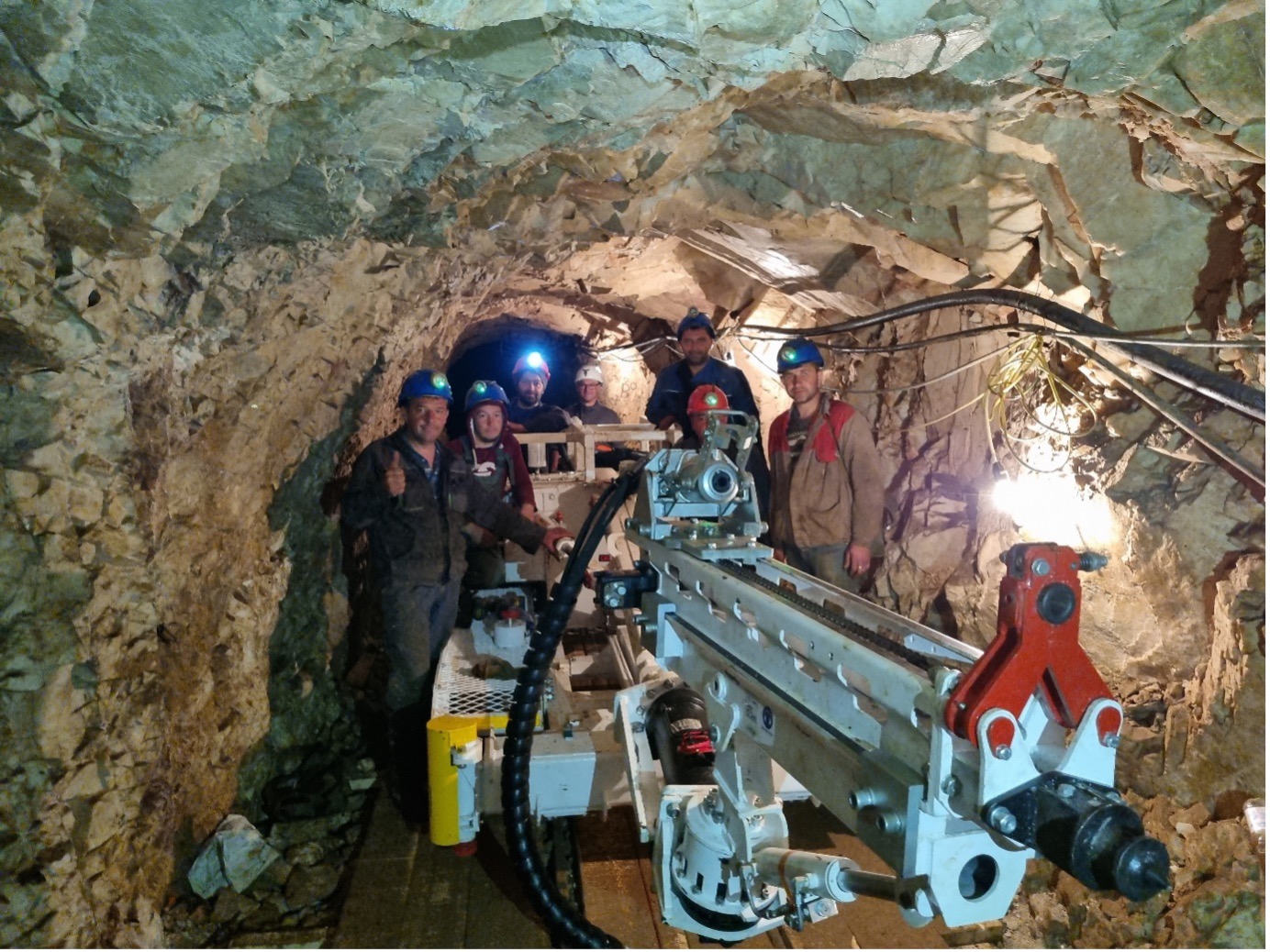Hamburg, Germany — The STARK Mineral Resources Team was called in to assist with the development of a blasting design for implementing long-hole stope mining in an Eastern European polymetallic underground mine.
Rynard Brits
Mineral Resource Manager
How to blast 400 meters below ground.
Stark-Resources was called in to assist with the development of a blasting design for implementing long-hole stope mining in an Eastern European polymetallic underground mine. The Stark team not only evaluated the geotechnical characteristics of the various lithologies but also determined how to efficiently exploit the discontinuities of the lithologies to improve the blasting fragmentation, whilst reducing the number of explosives required to minimize ore dilution which is continually associated with long-hole stope mining.
The vision for improving the blasting fragmentation was not only to benefit the ore yield, but also accentuating the improved PSD grading of the ore reporting to the downstream processing plant. The mine that needed modernisation had been in operation since around the 1950s. The galleries and cross-cut transversals are confined and were not designed to accommodate large equipment.

Operating approximately 400 meters below ground, lowering and commissioning this machine at such a great depth with aged and confined hoisting equipment would be no easy feat.
So, once contacted, the Stark team began to investigate the specific sections of the mine they wanted to commission the rig within, paying attention to the orientation of the ore body, the depth and inclination they would need to be able to drill at, as well as the geotechnical properties of the host rock surrounding the ore body.

This was the first problem. The client requested a CMR 4 Mantis drill rig, but regular size equipment would not work.
The drill rig could only be at a maximum width of 1.70 meters. Stark then decided to dig deeper into the conditions that would have to be met for the machine to operate effectively in the confined spaces of the mine. The drill would need to run on electric power due to a lack of air ventilation that would not allow diesel fumes to quickly leave the area. It needed to be able to rotate 180 degrees and reach a drill depth of 25-30 meters. The machine needed to be able to be taken apart for transport and re-assembled in challenging conditions. It had to be light enough to be carried, but durable enough to take a hit. Furthermore, it needed to be easy to set up, maintain and operate as there were language restrictions, no WIFI access, and supplying challenges given that the client and company providing the solution are on two different continents.

Critical spares and long-term lead item spares had to be considered and purchased in advance. Strict measures and considerations were taken to prevent delays in commissioning. This would minimise turn-around times if a part malfunctioned because it would require immediate replacement and the shipment of critical parts can take weeks to be deployed to site, and two the supplier and the client are ‘continents’ apart. Stark also had to handle the balance of technology the company needed from South Africa with what tools and resources would be available to the group in Eastern Europe.

In the end, a custom-made rig was delivered, commissioned and installed. Stark guided the mine to a customized solution that worked for them.
Related Articles
November 29, 2023
November 17, 2023
